Have you climbed the stairs to your attic to put Christmas decorations away, only to find some stinky visitors taking up residence? Are sporadic warmer temperatures waking up those stink bugs and causing them to drop in on you at the dinner table, on the couch or in your bed? It's time to take action against these pungent pests!
 Over the next few months, you can catch stink bugs in your house with the RESCUE! Stink Bug Trap & Light. Here are some best practices to get the most out of our product:
Over the next few months, you can catch stink bugs in your house with the RESCUE! Stink Bug Trap & Light. Here are some best practices to get the most out of our product:
SETUP:
· The Stink Bug Trap & Light combination works best in the attic, but another dark space will work for homes without attics or crawl spaces. The idea is to catch stink bugs in hibernation spots as they wake up and before they enter living spaces.
· Plugging the Light into an electrical outlet is preferred. The LED uses very little electricity.
· The battery pack is for use when an electrical outlet isn’t available. Batteries will need to be replaced weekly if used continuously.
PLACEMENT CONSIDERATIONS:
· Stink Bugs tend to hibernate in attics or other cool spaces of a house, such as around window frames and inside wall voids. Once they wake up, they will move toward the warmest areas in a home, often through ventilation systems and light fixtures. It is best to trap stink bugs in the attic before they make their way to living spaces.
· Stink bugs must be able to see the light to be lured by it. They will not be lured from a different room or floor of the house.
· Trap should be in a space that is dark at night with no competing light sources.
· Placement on the floor or a flat surface is best. Trap can be hung if needed, with the green fins touching a solid surface such as a beam or wall.
TROUBLESHOOTING TIPS:
· The trap does not act as a vacuum for stink bugs in the house. It takes consistent use and patience to catch them.
· Allow time for stink bugs to move toward the lighted trap. Leave it in place for at least one week before trying another location.
· If you are seeing stink bugs active in your house, but not in the trap, try placing the trap in another area where stink bugs tend to hibernate. The trap catches best when stink bugs just wake up from hibernation. Common hibernation spots are attics, crawl spaces, window frames or other cool, dark places in the house. Once they are awake, stink bugs move toward light and warm living spaces.
· In winter months, when stink bugs are less active, the trap can have fewer catches; but keep the lighted trap in place for stink bugs when they do wake up from hibernation.
· Make sure the trap is clear of spiders and spider webs. It is possible for spiders to get inside the trap and spin a web over the top or inside the cone, thus blocking the entrance. If this happens, open trap and clear web from cone entrance.
OUTDOOR USE DURING SPRING, SUMMER AND FALL:
· The best way to ensure you don’t have stink bugs in your home next winter is to use the RESCUE! Stink Bug Trap outdoors – starting in April and continuing through October.
· In spring, stink bugs migrate outdoors to mate, lay eggs and feed in trees and gardens. Each female stink bug can lay up to 400 eggs. Outdoor use of the RESCUE! Stink Bug Trap during spring, summer and fall can help reduce not only the summer populations and resulting garden or orchard damage, but also the number of stink bug adults entering your home to overwinter in fall.
Stink Bugs: The battle moves indoors!
January 14, 2013
· Helpful Hints
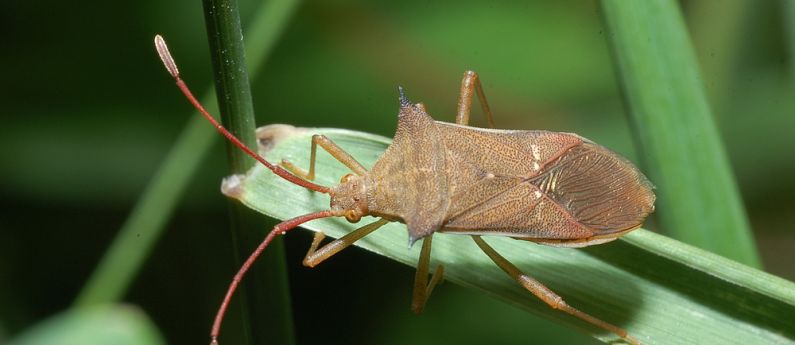
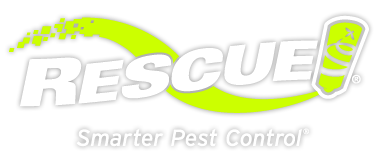

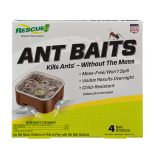 Ant Baits
Ant Baits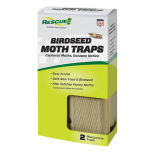 Birdseed Moth Trap
Birdseed Moth Trap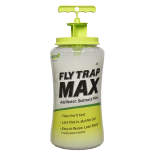 Fly Trap Max
Fly Trap Max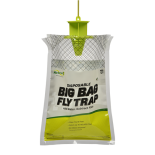 Fly Trap, Big Bag
Fly Trap, Big Bag 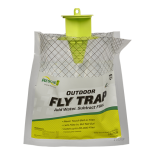 Fly Trap, Disposable
Fly Trap, Disposable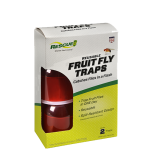 Fly Trap, Fruit Fly
Fly Trap, Fruit Fly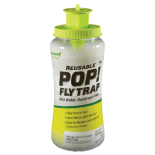 Fly Trap, POP! Fly
Fly Trap, POP! Fly 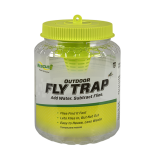 Fly Trap, Reusable
Fly Trap, Reusable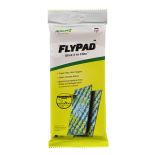 FlyPad
FlyPad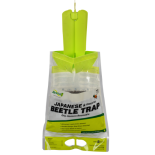 Japanese & Oriental Beetle Trap
Japanese & Oriental Beetle Trap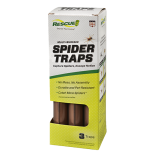 Spider Trap
Spider Trap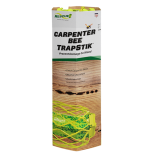 TrapStik, Carpenter Bee
TrapStik, Carpenter Bee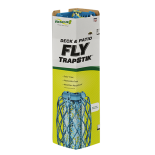 TrapStik, Deck & Patio Fly
TrapStik, Deck & Patio Fly 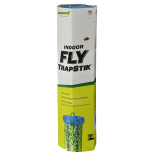 TrapStik, Indoor Fly
TrapStik, Indoor Fly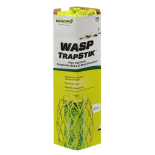 TrapStik, Wasp
TrapStik, Wasp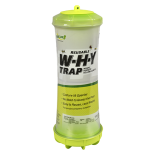 W·H·Y Trap for Wasps, Hornets & Yellowjackets
W·H·Y Trap for Wasps, Hornets & Yellowjackets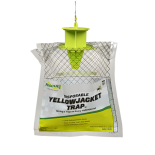 Yellowjacket Trap, Disposable
Yellowjacket Trap, Disposable 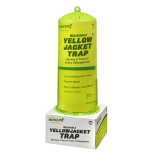 Yellowjacket Trap, Reusable
Yellowjacket Trap, Reusable 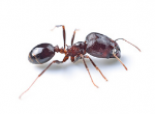 Ants
Ants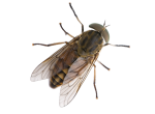 Biting Flies
Biting Flies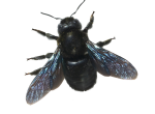 Carpenter Bees
Carpenter Bees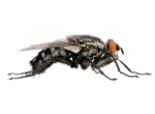 Flies
Flies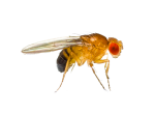 Fruit Flies
Fruit Flies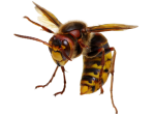 Hornets
Hornets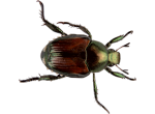 Japanese Beetles
Japanese Beetles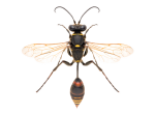 Mud Daubers
Mud Daubers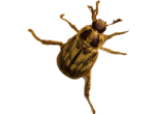 Oriental Beetles
Oriental Beetles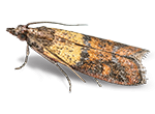 Birdseed & Pantry Moths
Birdseed & Pantry Moths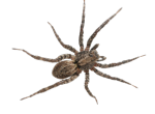 Spiders
Spiders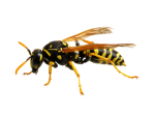 Wasps
Wasps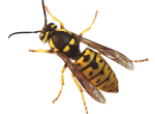 Yellowjackets
Yellowjackets